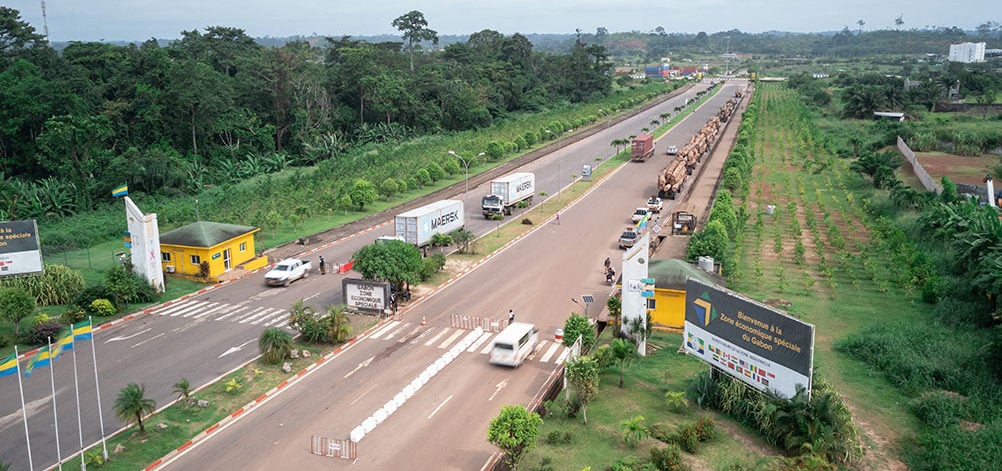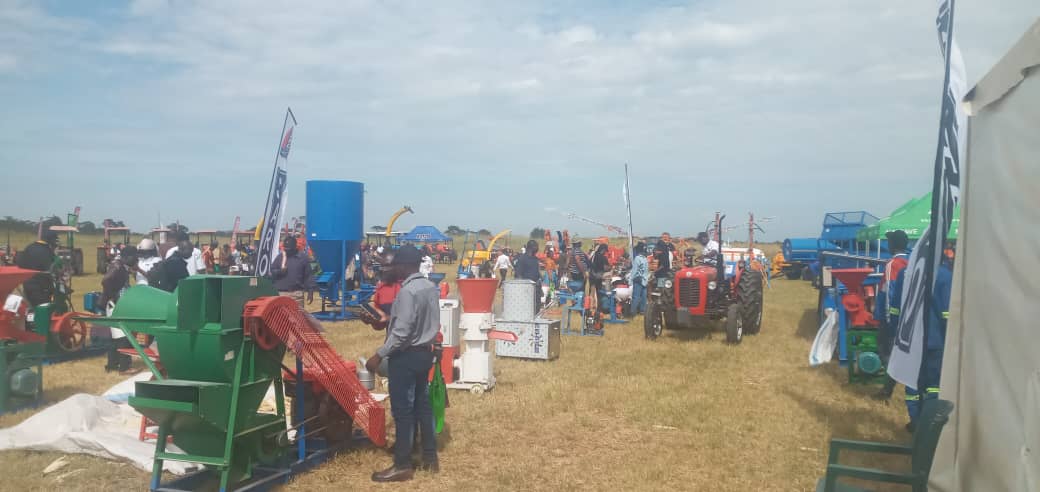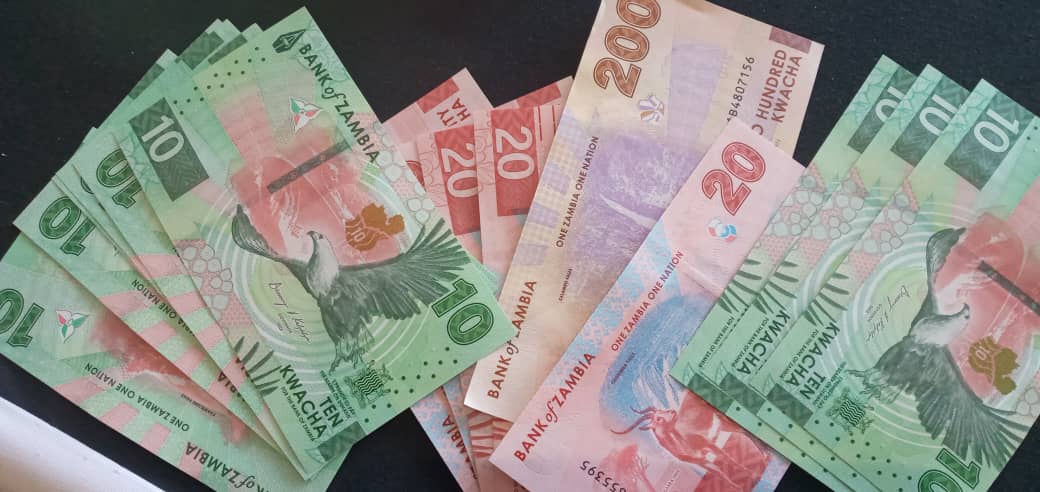Special economic zones (SEZs) have long been touted as an effective way to ramp up foreign direct investment (FDI), increase trade and provide jobs for developing and developed countries alike.
SEZs come in many forms, but they are usually geographically limited areas where companies enjoy tax benefits and other legal priveleges, set up in order to attract foreign investment and boost employment. They were first rolled out in the late 1950s in industrialised countries and quickly spread to Latin America and East Asia.
In Africa, the first SEZ was unveiled in Mauritius in 1970, followed by Ghana and Senegal towards the end of the decade. According to UNCTAD’s Handbook on Special Economic Zones in Africa, by 2020 there were 237 SEZs in Africa in 38 of the continent’s 54 countries.
“A systematic overview of African SEZs shows that the use of zones is on a steep upward trend and projected to proliferate in a large majority of countries across the continent,” the report notes.
Kenya had the highest number of zones at 61, followed by Nigeria (38), Ethiopia (18), and Egypt (10).

Mixed success for SEZs in Africa
“The benefits of SEZs include upgrading the local industrial base as a vehicle for FDI, helping with the innovation agenda, knowledge creation and sharing,” Amelia Santos Paulino, who led the writing of the report, tells African Business.
However there are many examples where SEZs have not worked and the expected investment has not materialised.
“With few exceptions, the performance of African SEZs has so far been below expectations,” notes the report. “Although relatively low performance of SEZs is not uncommon, the trajectory of most African SEZs contrasts with experiences of zone development in East Asia and in some Latin American countries.
“Research and empirical evidence suggest that many African zones are still far from achieving their objectives, even taking into account the most direct economic gains usually expected from SEZs, such as increased FDI, exports and jobs…
“Moreover, many African zones have remained isolated enclaves, failing to dynamize the surrounding industrial context. The reasons for such shortcomings frequently relate to the design and implementation of SEZ policies and programmes…
“The risk is heightened that the development of new zones, often in places where conditions are not as auspicious for success, will in effect further expand the ranks of underperforming zones in the continent.”
Making SEZs work
The report highlights Ghana, Kenya and Senegal as three countries where SEZs have been successfully implemented.
Santos Paulino says that a key factor to successful zones is adopting an “integrated approach” where governments align policies throughout all ministries. Having a special authority that works alongside the ministry of investment or the ministry of trade makes the country much more appealing to foreign investors who appreciate a coherent policy approach.
Enhanced environmental, social and governance (ESG) standards can also render SEZs more competitive and attractive to foreign capital. Another factor is adapting policies and strategies to focus both on the local context and international economic trends; setting realistic targets based on a country’s value proposition and comparative advantage.
As SEZs are usually created for export-orientated businesses, governments should undertake a serious strategic assessment to understand which products will be competitive in international markets. International partnerships – with foreign governments, private firms or international institutions – are also key to learning best practices.
But the report warns that knowledge transfers between partners do not happen automatically, recommending that formal transfer mechanisms are of “crucial importance to bring about an effective exchange of knowhow. In addition, safeguards to mitigate the risks arising from conflicting interests, lack of trust and misalignment of objectives play important roles in determining the outcome of international partnerships.
Mauritius, Santos Paulino says, is a good example of an SEZ that has successfully implemented best practice though international partnerships.
“Mauritius has been identified as a successful case in Africa, using its SEZ for economic development,” she says. “It fostered international partnerships through a cross-border zone and it was very successful.”
South Africa is another good example, using “cross-border zones and international partnerships to catalyse development”. The Musina-Makhado Special Economic Zone on the border between South Africa and Zimbabwe makes use of the South African Development Community (SADC) to multiply employment creation within the metal manufacturing industry.

Building SEZs
The construction of SEZs across Africa often involves multiple partners including governments, private enterprises and development finance institutions (DFIs).
Gagan Gupta, CEO of Arise, a company specialised in designing, financing, building and managing SEZs in Africa, says that there is a lot of opportunity for economic zones in Africa.
“We are currently in Gabon, Benin, Togo, and Côte d’Ivoire,” he says. “The next phase of growth we are expanding into the Republic of Congo and the Democratic Republic of Congo to focus on timber. Next, we are going into Senegal to do agriculture and then into Chad to do meat processing.”
Gupta says that Chad has more than 126m head of livestock including camels, cows and sheep but the sector suffers from a lack of development and industrialisation. Arise hopes to help build out the entire value chain from livestock rearing to processors and exporters, adding value to all stages.
Gupta points to Arise’s special economic zone in Gabon which serves as a model for the rest of the company’s projects in Africa. The Gabon Special Economic Zone (GSEZ) was designed to transform the Central African country’s timber industry.
It was created in 2010 at the same time as the government implemented a total ban on the export of all logs to encourage companies to set up manufacturing companies in Gabon. Despite an initial downturn in the timber sector, over 150 companies have since set up shop making everything from veneer to plywood.
“Gabon used to export logs at $150 a cubic metre. Now, it is the second largest exporter of veneer globally, exporting to Vietnam and elsewhere. It will become the second largest exporter of plywood in the northern hemisphere this year. We are opening our first store of furniture made in Gabon in Miami. It sells for $10,000 to $12,000 a cubic metre – it is unimaginable.”
He explains that the GSEZ has had a knock-on effect in many other sectors as local entrepreneurs create companies that feed into the timber industry, adding auxiliary services like creating glue that was previously imported or packaging companies. The zones also give energy companies the opportunity to feed into the industrial parks.
“In most of the SEZs the energy is solar,” Gupta says. “In Togo we are building a solar plant and storage facility to make sure the zone is sustainable.”








